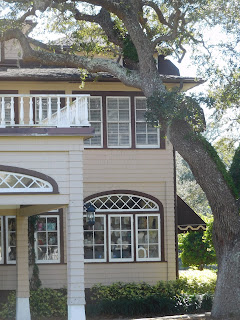If you've read any of my posts about bikes I used to own and ride, you know that I've had a few stolen.
If you've had a bike stolen, you know that few things can make you feel worse. Actually, at the moment you realize your bike is gone, it seems that nothing can make you feel worse--even if you've experienced the three D's--deaths, divorce and depression. As Tom Cuthbertson wrote in Anybody's Bike Book: "Stealing a bike from someone who loves and depends on it is one of the lowest things one human being can do to another. For God's sake, if you have to steal, steal something else."
Recalling that passage, for me, begs the question of how to treat a kid who steals another kid's bike. Should the kid who stole the bike be punished? If so, how? And, if that kid beat up the kid whose bike he/she (Let's not be sexist here!) took, does that change your mind about whether or how to punish?
According to police in Hallandale, Florida, on 4 January two second-grade boys punched another boy and tried to get away on his bike. Shortly after, police arrested the two boys. Prosecutors then decided the boys are too young to be charged. Instead, they will attend a mandatory after-school counseling program.
If you've had a bike stolen, you know that few things can make you feel worse. Actually, at the moment you realize your bike is gone, it seems that nothing can make you feel worse--even if you've experienced the three D's--deaths, divorce and depression. As Tom Cuthbertson wrote in Anybody's Bike Book: "Stealing a bike from someone who loves and depends on it is one of the lowest things one human being can do to another. For God's sake, if you have to steal, steal something else."
Recalling that passage, for me, begs the question of how to treat a kid who steals another kid's bike. Should the kid who stole the bike be punished? If so, how? And, if that kid beat up the kid whose bike he/she (Let's not be sexist here!) took, does that change your mind about whether or how to punish?
According to police in Hallandale, Florida, on 4 January two second-grade boys punched another boy and tried to get away on his bike. Shortly after, police arrested the two boys. Prosecutors then decided the boys are too young to be charged. Instead, they will attend a mandatory after-school counseling program.
The comments on the article I linked showed no sympathy for the boys. Whether they are counseled, punished or dealt with in some other way, the goals should be to show them that there are consequences to their actions and help them to change their behavior--not for adults to exact revenge or express anger or frustration.
I've never been a parent, so make what you will of what I recommend. On the other hand, I am an educator, so I think I know a thing or two about what helps kids grow up. Then again, I remember how pissed off I was when my bikes were stolen...











